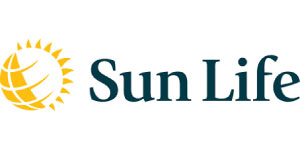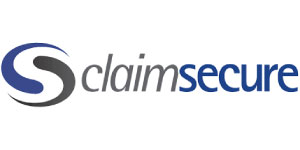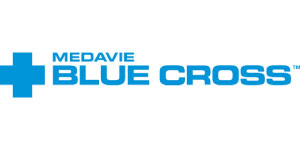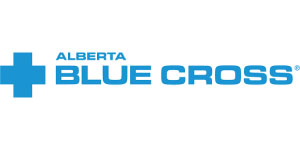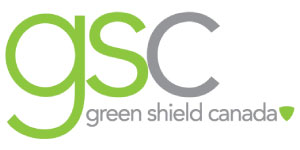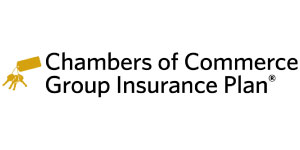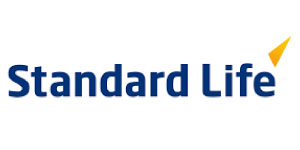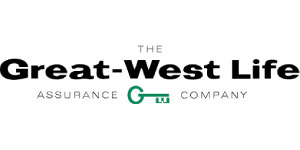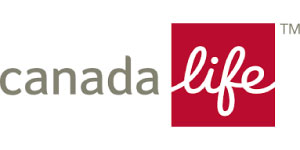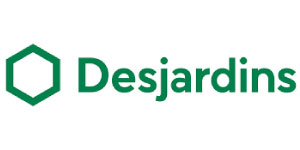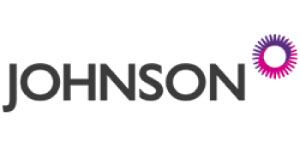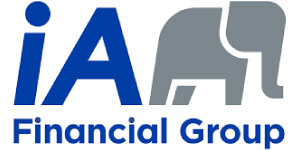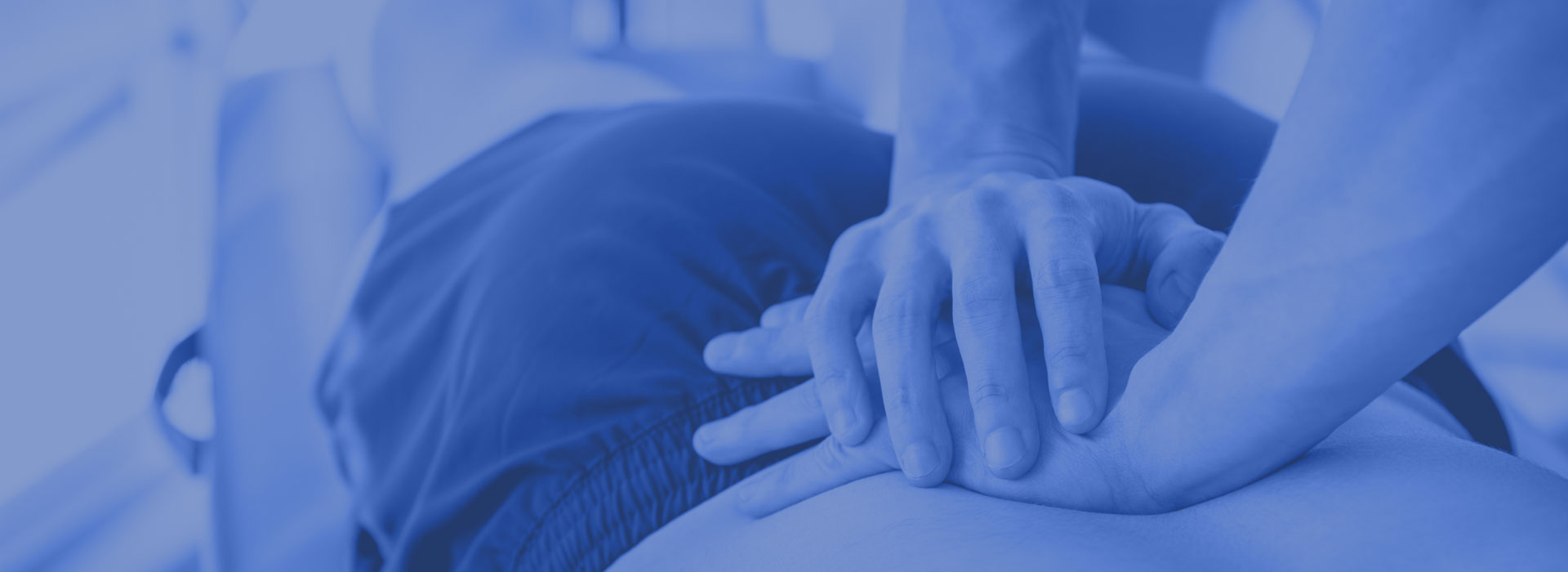Our Services
Our comprehensive range of physiotherapy services are designed to address a wide spectrum of conditions, promoting pain relief, mobility improvement, and overall well-being.
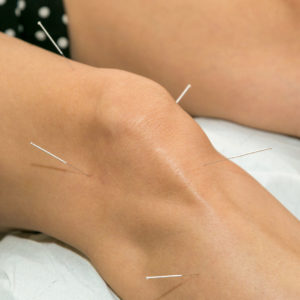 Acupuncture
Acupuncture
Acupuncture is a complementary medical practice that entails stimulating certain points on the body, most often with a needle penetrating the skin, to alleviate pain or to help treat various health conditions.
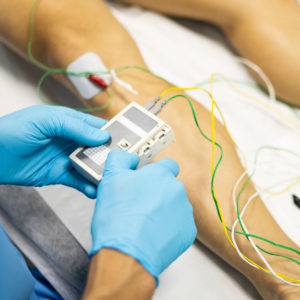 Neurofunctional Acupuncture
Neurofunctional Acupuncture
Neurofunctional Acupuncture is a peripheral nerve stimulation technique, in which acupuncture needles are inserted into anatomically defined neurofunctional points and stimulated manually or with electricity to modulate abnormal activity in the nervous system. It takes a multi-segmental approach to treat pain and movement dysfunction.
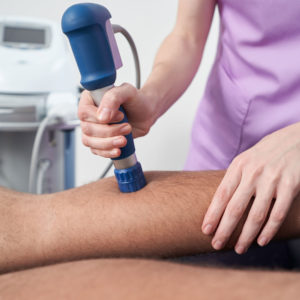 Radial Shockwave
Radial Shockwave
Radial Shockwave is an advanced, non-invasive and highly effective treatment method that enhances blood circulation and accelerates the healing process causing damaged tissue to gradually regenerate. It has been proven to increase the healing rate for many soft tissue conditions including plantar fasciopathy, Achilles’ tendinopathy, patellar tendinopathy and rotator cuff tendinopathy, among many others.
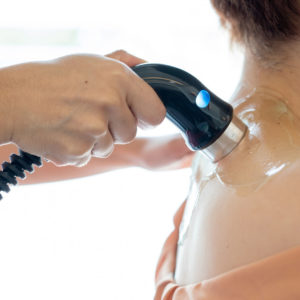 Ultrasound
Ultrasound
Ultrasound differs from a diagnostic ultrasound that many people are familiar with. It delivers sound waves into tissue to help reduce inflammation in an injured area. It helps to increase blood flow, reduce muscle and connective tissue stiffness and help break up scar tissue.
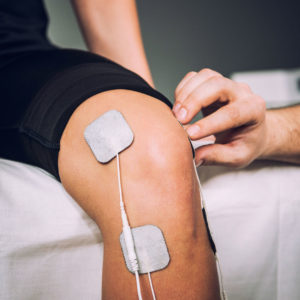 Electrical Muscle Stimulation
Electrical Muscle Stimulation
Electrical muscle stimulation involves the use of electrical muscle impulses to increase muscle contraction and/or decrease pain. Electrodes are placed around the target tissue to stimulate motor and sensory nerves in the area. Electrical stimulation has a variety of benefits including, but not limited to reducing pain and swelling, improving circulation, improving muscle activation and reducing muscle spasm.
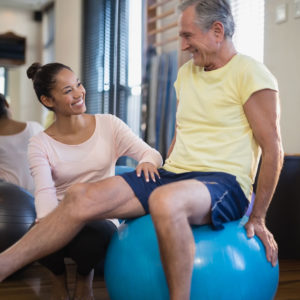 Exercise
Exercise
We believe that exercise is an essential component for everyone we treat to improve health and overall function. Exercise can be used to meet several treatment goals, including increasing range of motion, improving strength, relaxation, improving balance and coordination and improving posture.
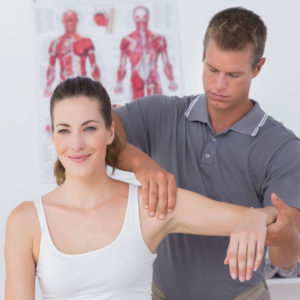 Manual Therapy
Manual Therapy
Manual therapy involves specific hands-on techniques to treat various problems throughout the body. It is used to decrease pain and improve mobility of muscles, joints and nerves.
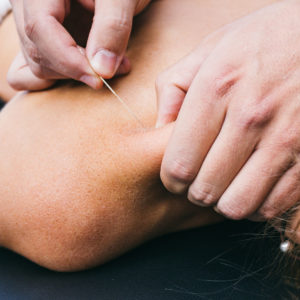 Dry Needling
Dry Needling
Intramuscular Stimulation (IMS) or “dry needling” is a treatment technique in which the physiotherapist inserts an acupuncture needle into a tight band or “trigger point” in a muscle. These tight bands restrict blood flow and movement, which can lead to pain. The movement of this fine needle causes a twitch response in the muscle, which is then followed by a release in the tissue. The goal is to relax the muscle, which increases blood flow to the tissues, releases pressure on the nerves in the area, improves movement, and eases pain. This treatment is effective for a wide variety of conditions and injuries, as well as those who experience chronic pain and tension.

Vestibular Rehabilitation
Vestibular rehabilitation uses exercises to help clients manage dizziness, vertigo and balance issues. Treatments may include maneuvers to reduce/eliminate vertigo (the sensation of spinning/movement in the environment), home exercise programs to aid in balance/dizziness and education about possible lifestyle changes.
BPPV : Benign Paroxysmal Positional Vertigo is the most common cause of vertigo and often responds to 1-3 in house treatments of crystal repositioning maneuvers.
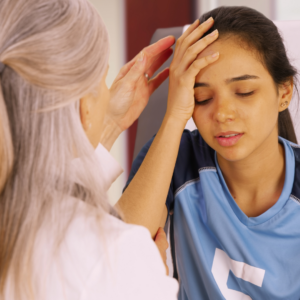 Concussion Management
Concussion Management
An active approach to recovery with a brief/modified rest period is best practice for concussion management. Each concussion is unique and some will require more treatment than others. A combination of education, modified rest, manual therapy, exercise therapy, visual and vestibular exercise is used to aid clients in return to work, school and/or sport.
 Pelvic Floor Physiotherapy
Pelvic Floor Physiotherapy
This type of physiotherapy has a focus on the “below the belt muscles” that extend from the pubic bone to the tailbone. Like other muscles, this group can become weak, overactive or injured (pregnancy, delivery, menopause, post surgical/cancer treatments, poor posture, sport/exercise, stress etc). This group of muscles may also be involved in ongoing low back or hip pain.
When these muscles are not working optimally, one may experience urinary incontinence/leakage, vaginal heaviness/ pressure, urinary urgency (frequent/constant feeling of the need to urinate), pelvic pain (such as pain with intercourse, intense period pain, tailbone pain, pain with peeing/pooping).
Pelvic floor physiotherapists are trained to assess and treat these conditions both externally and internally. Although the internal vaginal or rectal exam is often recommended, it is not mandatory. There are other external options that can be helpful. Patient comfort is important to pelvic PTs and we strive to make our time together as informative, effective and as comfortable as possible.
Pregnancy and Perinatal
Pelvic floor physiotherapy can help you manage pubic bone pain, SI joint pain, hip, rib or back pain in pregnancy.
We also offer prepare to push education:
- Breathing techniques
- Perineal massage (35+ weeks)
- Core and Pelvic floor strengthening, relaxation training, coordination
- Exercise advice for each trimester and for postpartum recovery
- Labor position review and pain management strategies
Peri and Post Menopause:
- Urinary Incontinence
- Constipation
- Pelvic Organ Prolapse
- Urinary Urgency (feeling the need to urinate too often)
- Pain with intercourse
- Exercise advice for heart and bone health
Treatment Coverage
